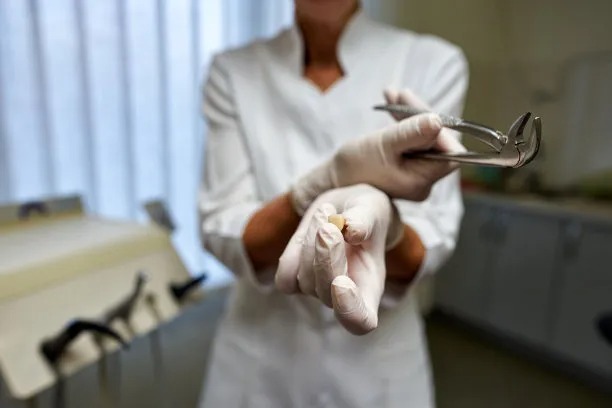Understanding the Reasons and Process of Extracting a Tooth for Dental Health and Wellbeing
Summary: Tooth extraction is a significant dental procedure that may be necessary for various reasons, primarily concerning dental health and overall wellbeing. This article delves into the reasons behind tooth extractions, the detailed process involved, the aftercare required, and the potential impacts on dental health. Understanding these aspects can help patients make informed decisions about their dental care, ensuring they maintain optimal oral health despite the challenges that may arise during their dental journey.
1. Common Reasons for Tooth Extractions

Tooth extractions can be necessary for several reasons, and understanding these can alleviate fears associated with the procedure. One of the most common reasons is dental decay. When a tooth is severely decayed and cannot be saved through fillings or root canals, extraction becomes the preferred option to prevent further complications.
Another significant reason for tooth extraction arises from overcrowding. In cases where the dental arch is not large enough to accommodate all teeth, orthodontic treatment often requires the removal of one or more teeth to create space for proper alignment. This is particularly common in preparation for braces.
Lastly, periodontal disease plays a crucial role in dental extractions. When gum disease progresses and the supporting bone structure becomes compromised, the affected teeth can become loose and may require extraction to maintain overall oral health.
2. The Tooth Extraction Process Explained
The extraction process begins with a comprehensive dental examination and imaging, allowing the dentist to assess the condition of the tooth and surrounding structures. Once a decision is made, the dentist discusses the procedure, anesthesia options, and what to expect afterward, ensuring the patient feels comfortable and informed.
During the extraction, the dentist administers local anesthesia to numb the area and reduce discomfort. In more complicated cases, sedation may also be employed to help the patient manage anxiety. The dentist then carefully removes the tooth using specialized tools, ensuring minimal trauma to the surrounding gum and bone tissues.
After the extraction is complete, an important aspect is the management of bleeding and pain. The dentist will provide instructions on how to care for the site, including biting on gauze to control bleeding and recommendations for pain management using over-the-counter medications or prescribed drugs.
3. Aftercare and Complications to Be Aware Of
Proper aftercare following a tooth extraction is crucial for healing and preventing infections. Immediately after the procedure, patients should avoid vigorous rinsing or touching the extraction site to minimize the risk of dislodging blood clots essential for healing.
Additionally, patients are advised to follow specific dietary guidelines. Soft foods and adequate hydration are essential in the initial days post-extraction. Avoiding hot beverages and using a straw should also be avoided to prevent disturbances to the clot formation.
Complications, although rare, can arise after tooth extractions. Dry socket, an issue that occurs when the blood clot fails to form or is dislodged, may lead to severe pain and requires follow-up treatment. Awareness of signs such as increased pain, swelling, or fever is important for timely medical intervention.
4. The Impact of Extractions on Dental Health
While tooth extractions can be daunting, they often serve to protect overall dental health. Removing a problematic tooth can alleviate pain and the risk of infection, allowing the patient to maintain better oral hygiene and preventing the spread of decay to adjacent teeth.
Furthermore, in cases of orthodontics, the strategic removal of teeth can significantly enhance the alignment of remaining teeth, leading to improved functionality and aesthetics. This can result in better chewing function and even boost a patient’s confidence.
Lastly, it is essential to consider prosthetic options following tooth extractions. Dentists often discuss restorative treatments like bridges, implants, or dentures to ensure that patients regain functionality and maintain a natural appearance, contributing to long-term dental health.
Summary:
Tooth extractions, although often perceived negatively, are a critical procedure in maintaining dental health and wellbeing. Understanding the reasons, process, and aftercare associated with tooth extractions can empower patients to manage their oral health more effectively. By taking proactive measures post-extraction, individuals can ensure a smooth recovery and make informed decisions about future dental treatments.
This article is compiled by Vickong Dental and the content is for reference only.


